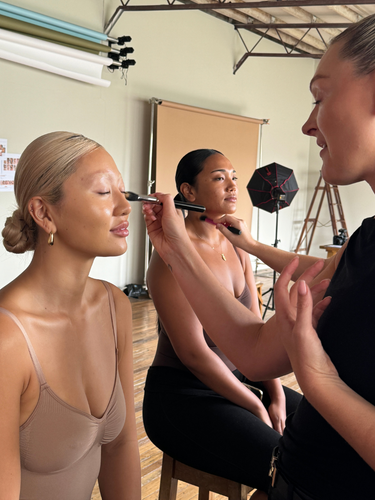
Why an annual skin check is important for your health
Do you know what your moles and spots look like? If not, it's important to start paying attention. Checking your skin for moles and spots regularly can help you detect potential problems early and prevent skin cancer. Dermatologists recommend getting a full-body skin check once a year to keep your skin healthy and catch any potential problems early.
Here are some reasons why you should check your moles and spots annually:
-
Early Detection of Skin Cancer: Skin cancer is one of the most common types of cancer, but it is also one of the most preventable. By checking your skin regularly and getting an annual skin check from a dermatologist, you can detect potential skin cancer early when it is easier to treat.
-
Establish a Benchmark: Regularly checking your moles and spots can help you establish a benchmark and identify any changes that occur over time. Many dermatologists or skin clinics now offer photo mapping services, which provide a clear record of your moles and spots. This can be a helpful reference point to track any changes.
-
Peace of Mind: By checking your skin regularly and getting an annual skin check, you can have peace of mind knowing that you are taking steps to prevent skin cancer and other potential skin problems.
Now that you know why it's important to check your moles and spots annually, let's talk about what to look for when checking your skin:
-
Asymmetry: Check if the mole has an irregular or asymmetrical shape.
-
Border: Look at the borders of the mole. If the edges are blurred, uneven, or jagged, it could be a sign of an abnormal mole.
-
Colour: If the mole has different colours or shades within it, or if it changes colour over time, it could be a warning sign.
-
Diameter: If the mole is larger than the size of a pencil eraser, it could be a warning sign.
-
Evolution: Pay attention to any changes in the size, shape, colour, or texture of the mole over time.
-
Itching or bleeding: If the mole itches, bleeds, or has a scab that doesn't heal, it could be a warning sign.
If you notice any of these warning signs or any other unusual changes in a mole, it is important to see a dermatologist for an evaluation as soon as possible.
Checking your moles and spots annually is an important step in maintaining your skin health. By detecting potential problems early, you can prevent skin cancer and other skin problems. Many dermatologists or skin clinics now offer photo mapping services, which can be helpful in tracking any changes. Don't wait until it's too late – start checking your skin today!









